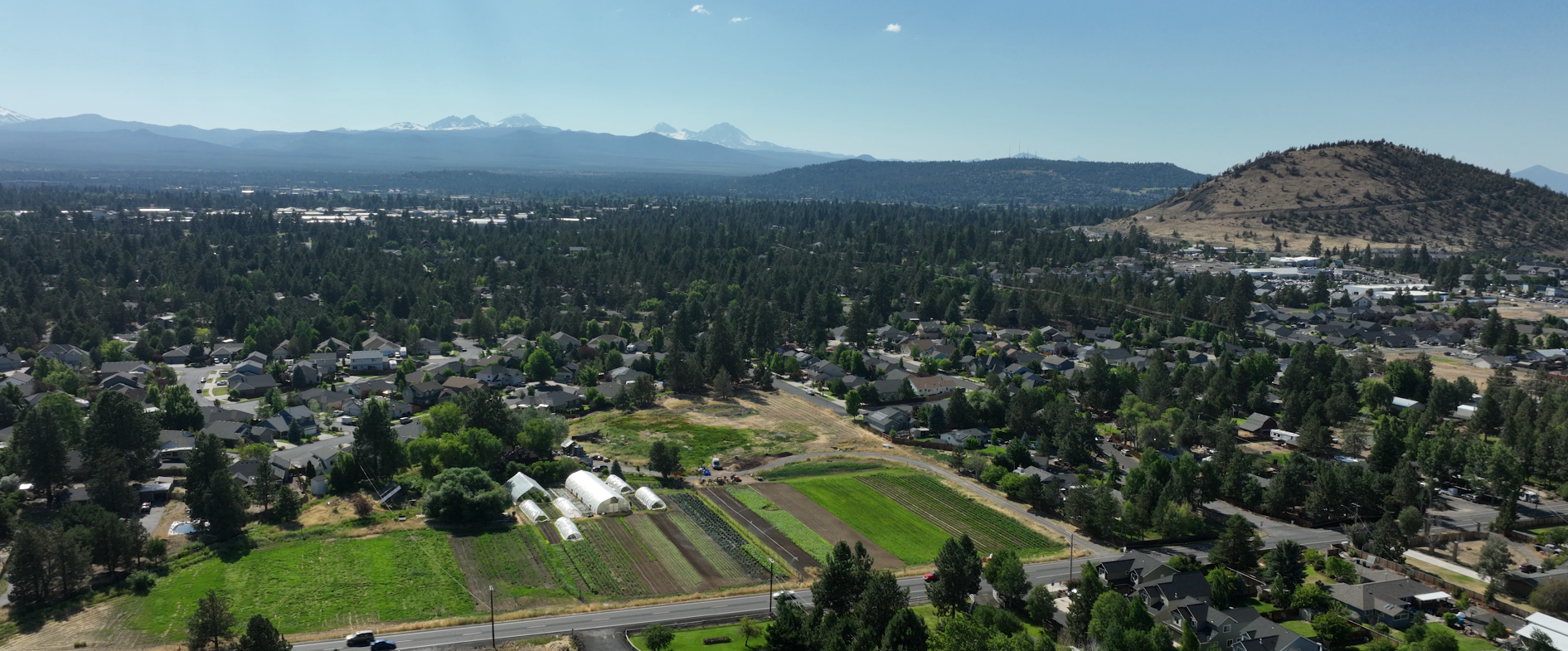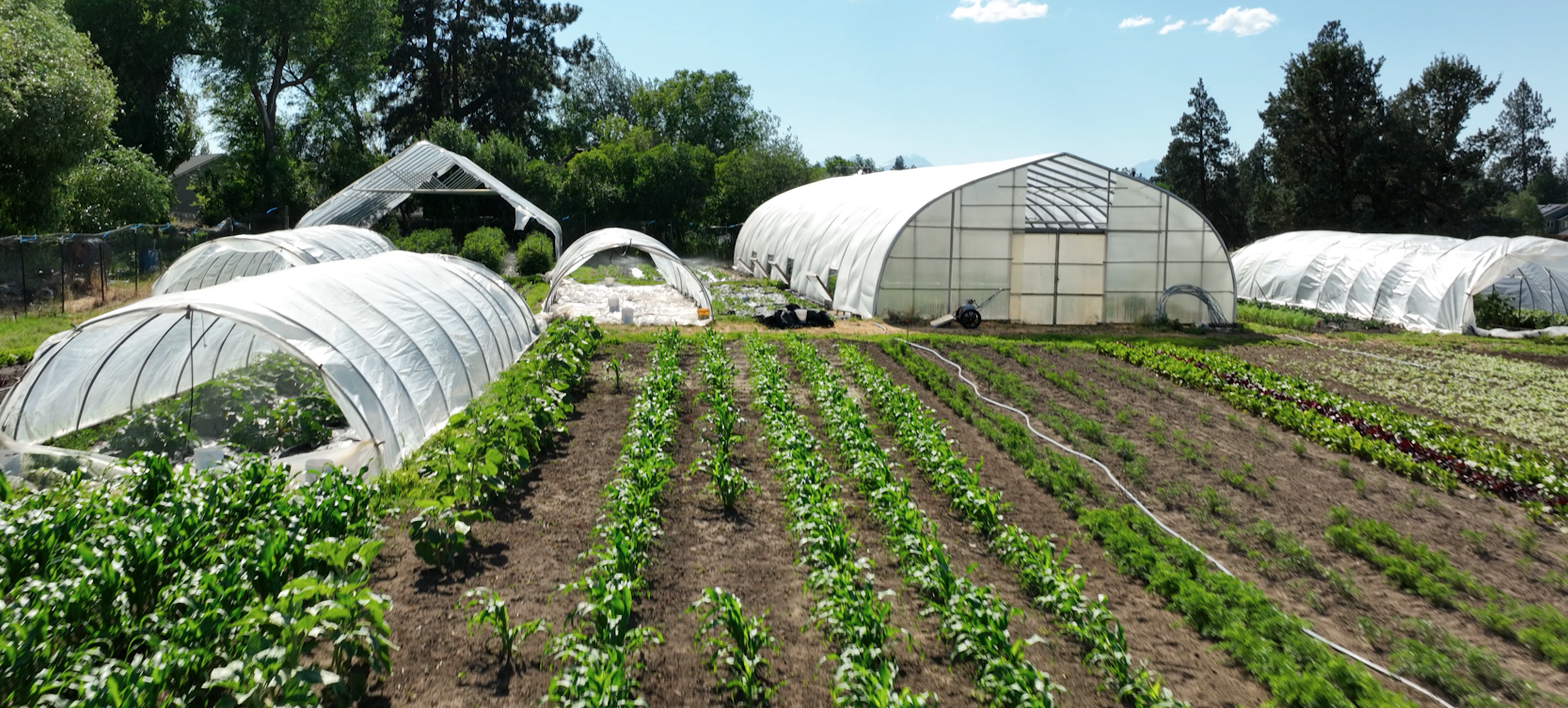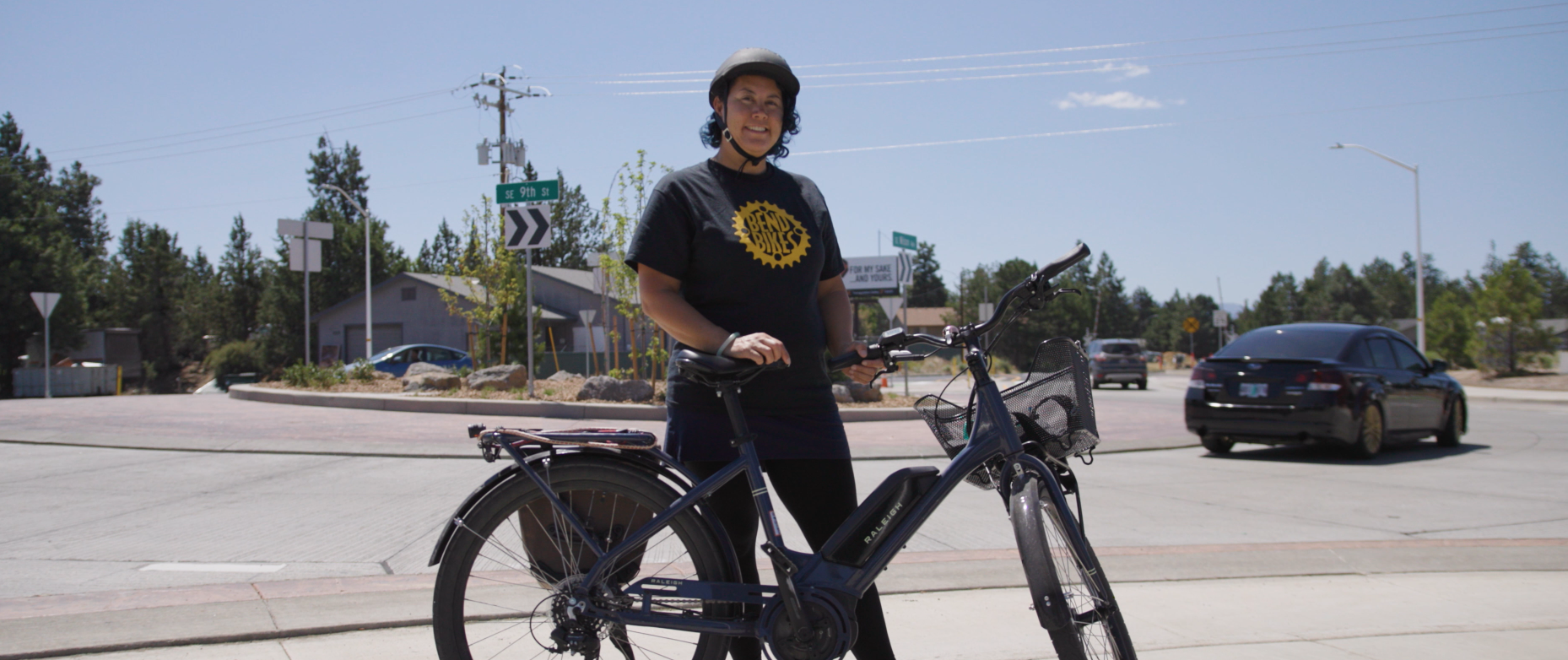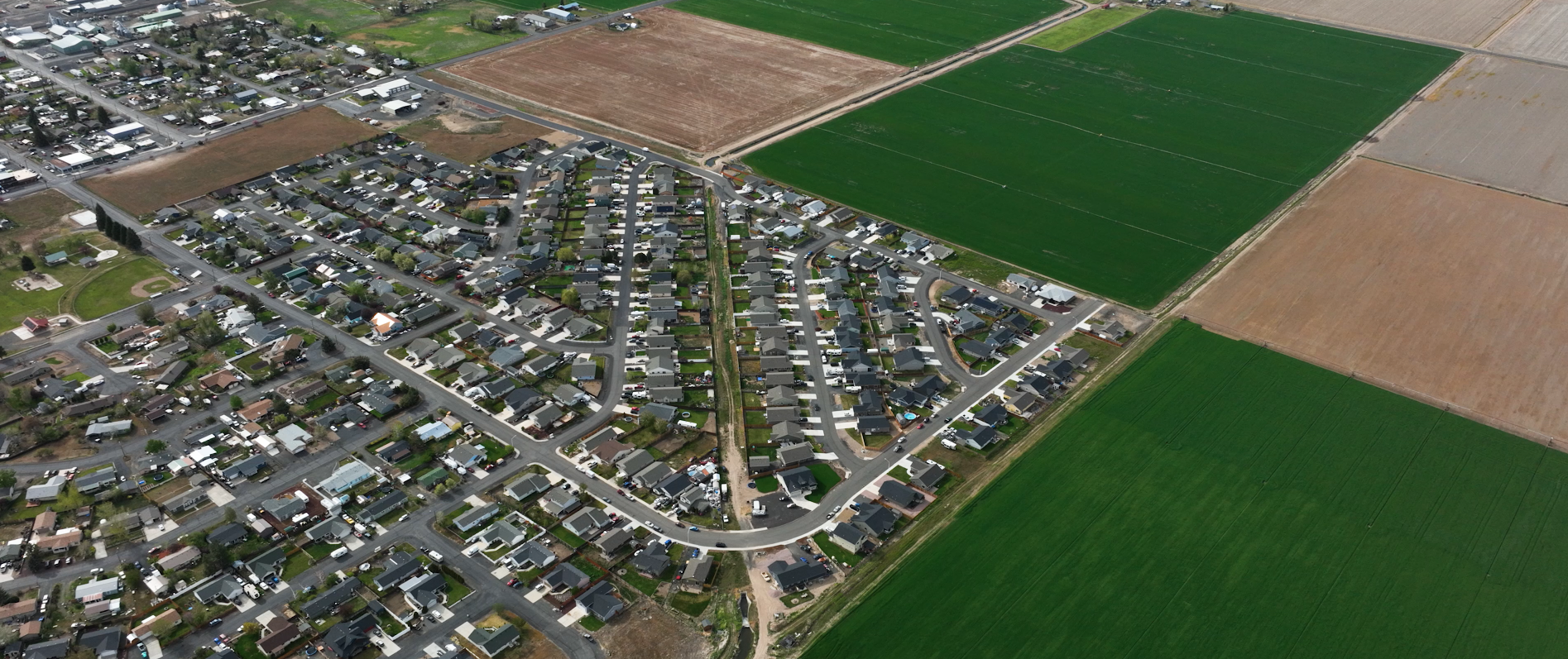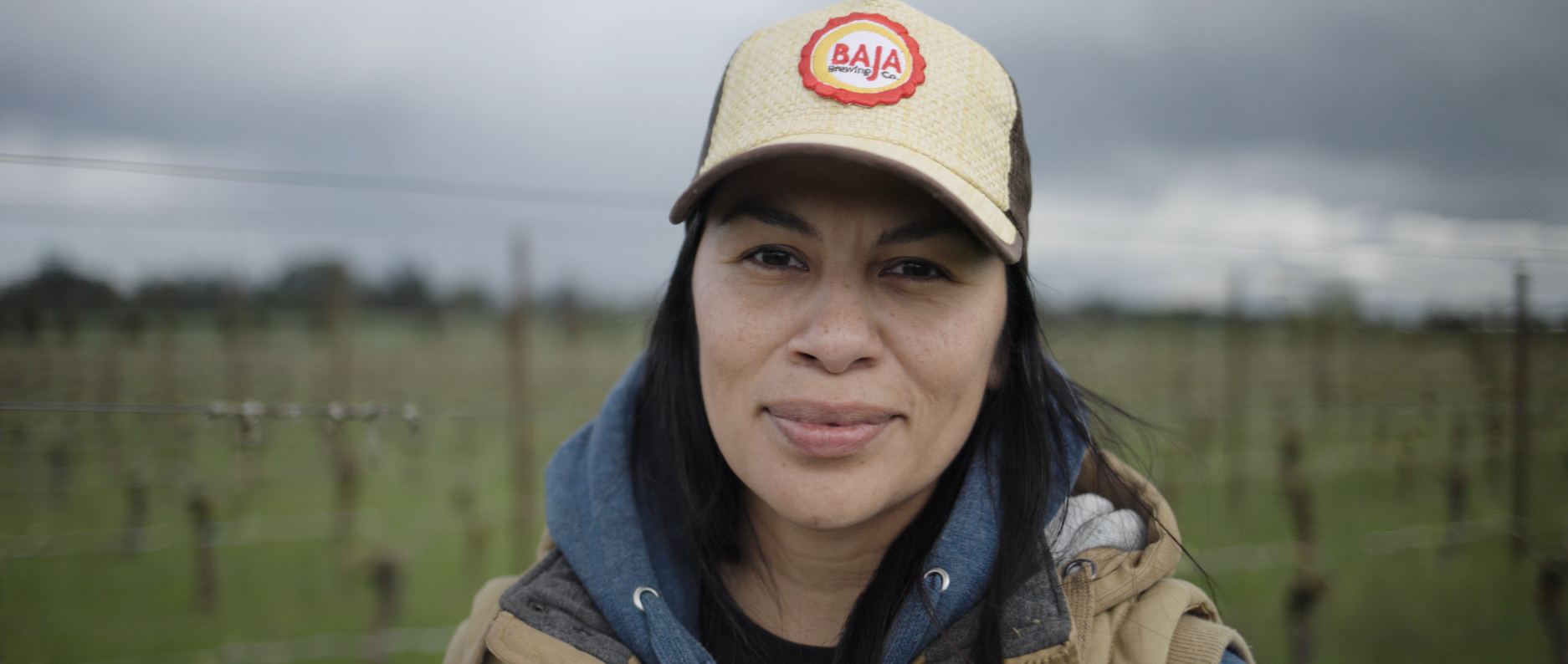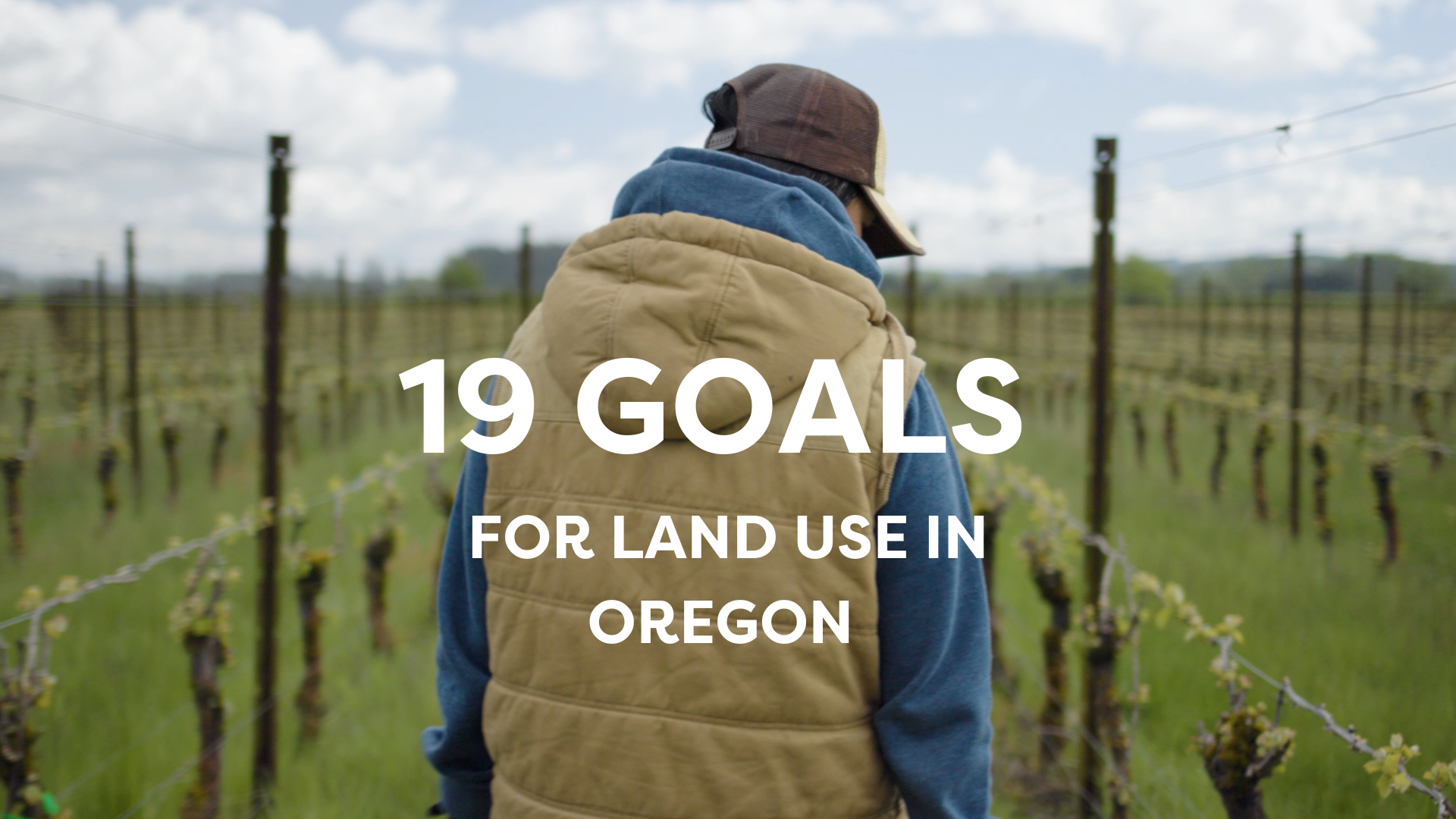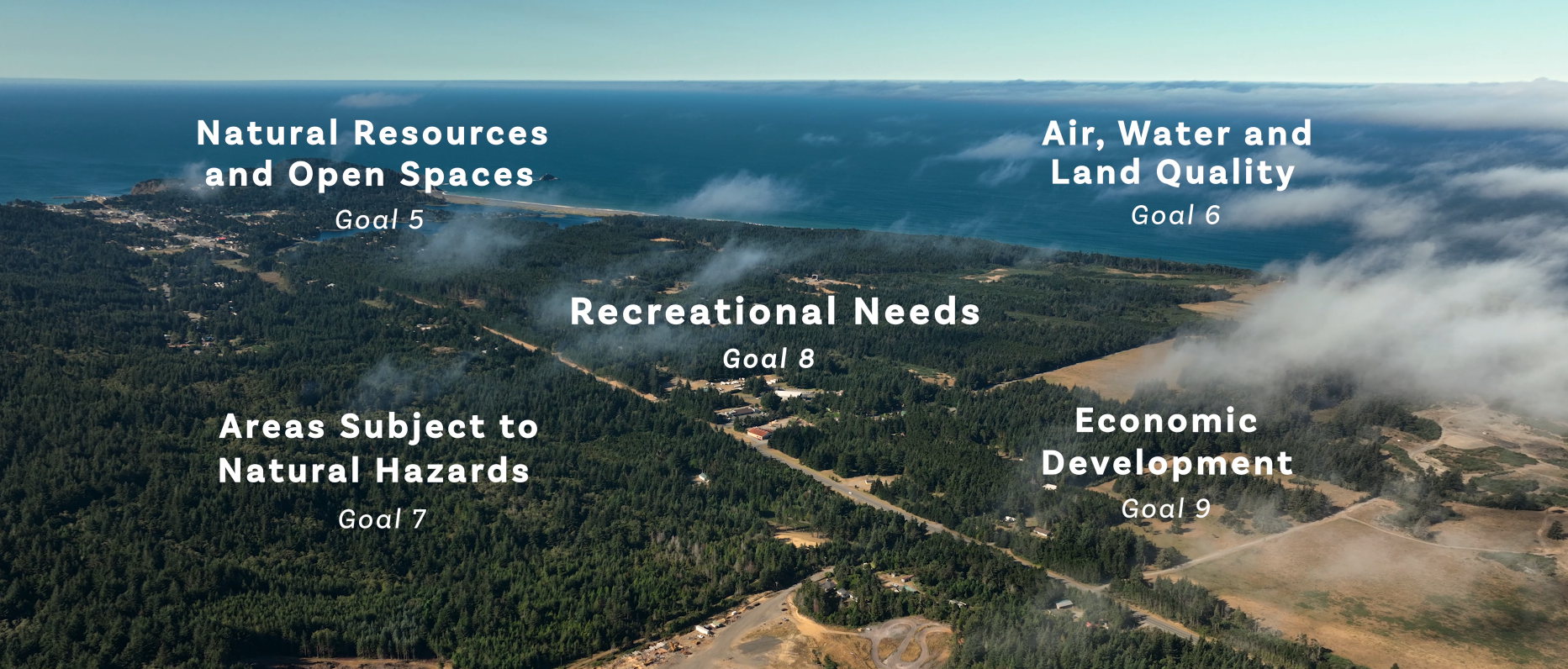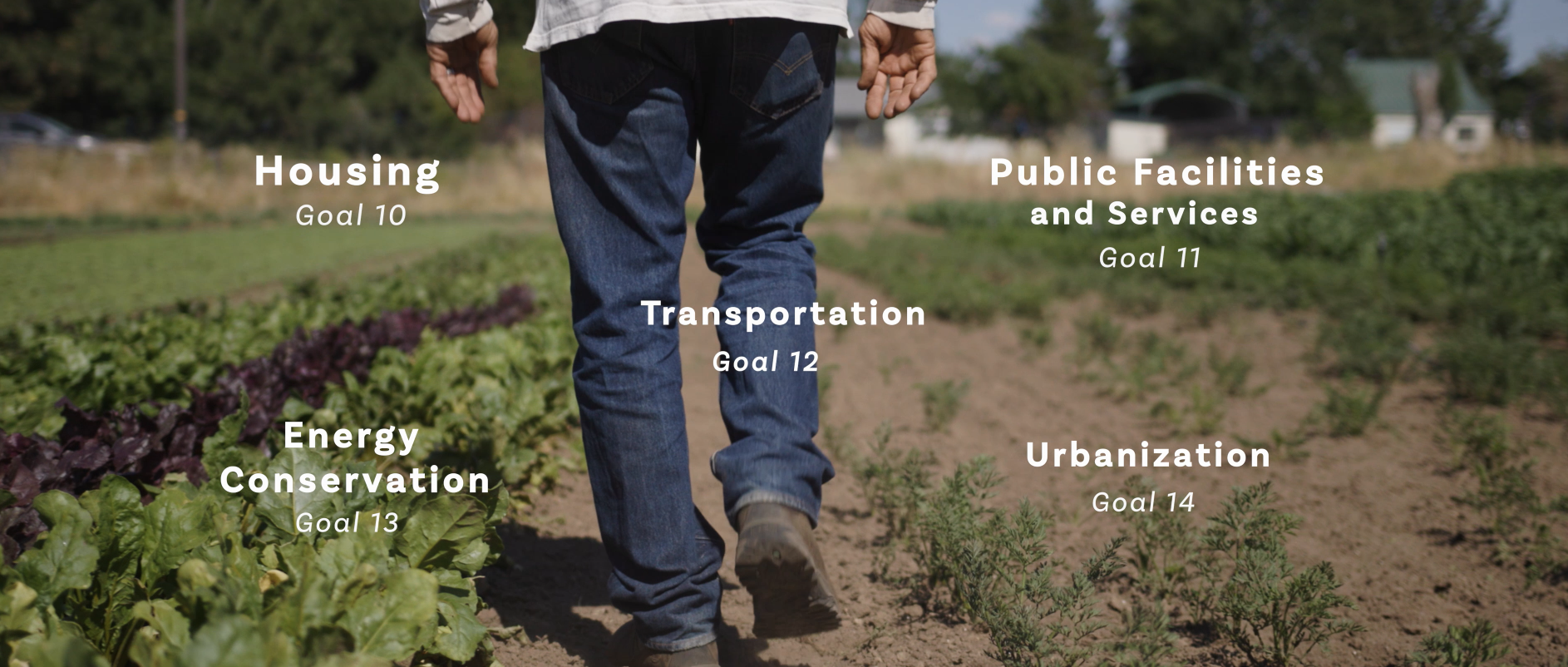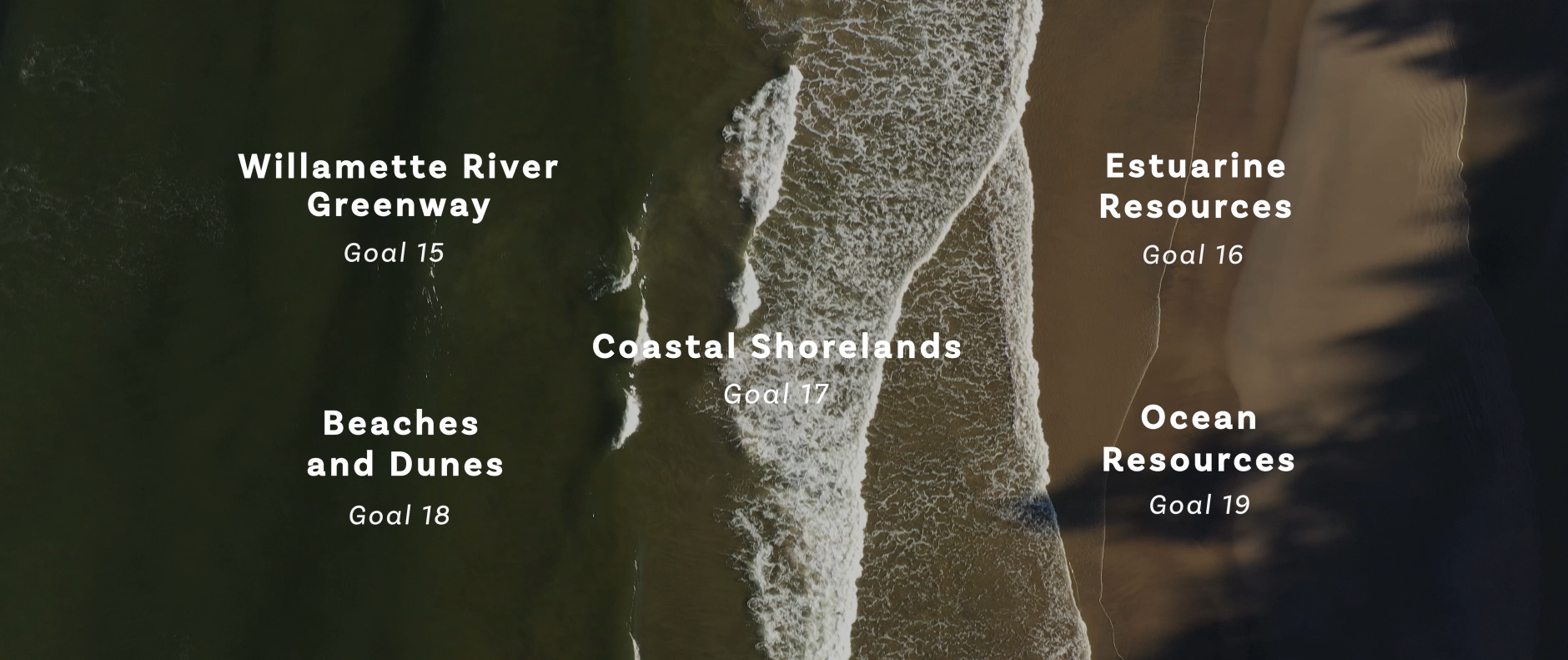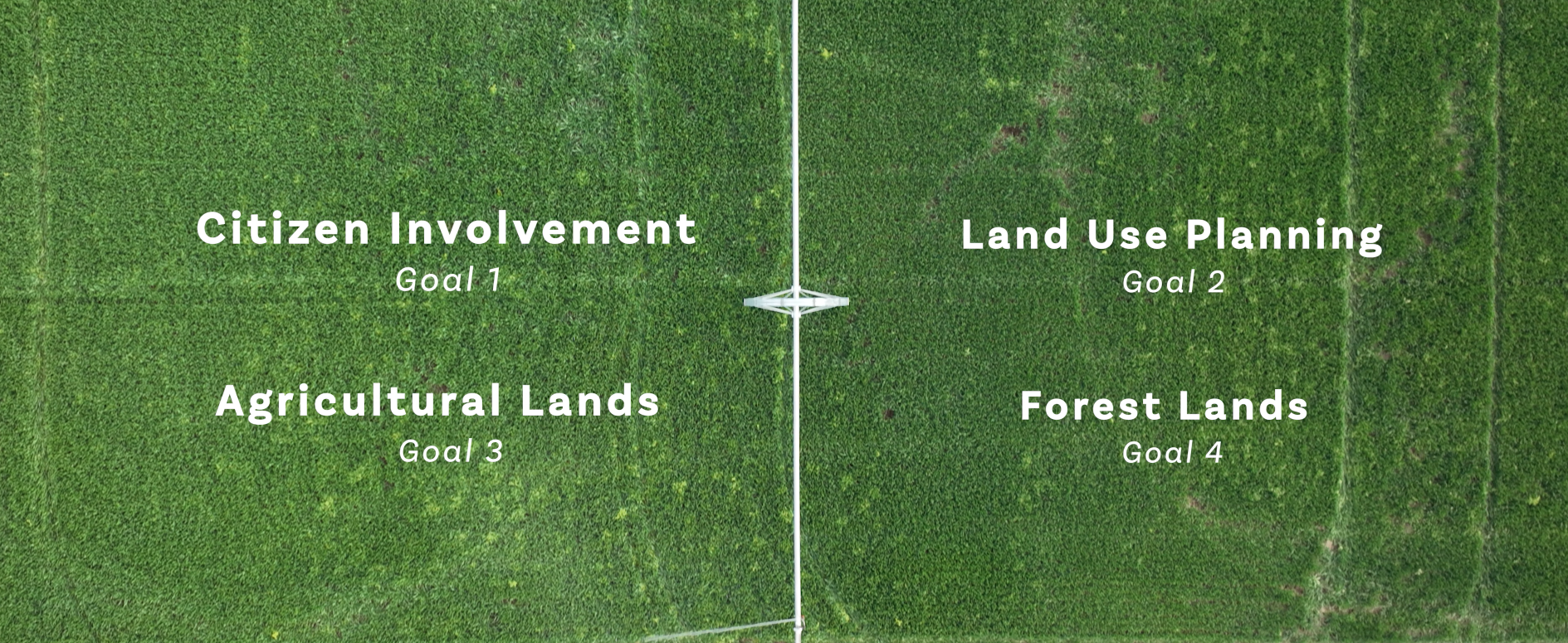To shape Central Oregon's future, learn from the past
This guest column was originally published in the Bulletin on June 4
In the heart of Central Oregon, not a day goes by without a reminder of the remarkable beauty and abundance that surrounds us.
What might a day here look like? Maybe it begins with a stroll to a favorite cafe that offers a menu crafted from local produce that was grown just down the road. This food didn’t travel hundreds of miles. Here, flourishing farms exist just outside our city limits.
Maybe the day moves to a bike ride, starting just outside your door but with access to hundreds of miles of trails in the Deschutes or Ochoco National Forest. Because urban growth boundaries limit sprawl, outdoor access will always remain close by.
On the other hand, maybe your day begins outside of town, on a farm where you experience the peace and solitude of the country. Thanks to limits on certain types of development outside of our cities, agricultural economies are sustained across the region.
These are glimpses of abundance that surround us. We have Oregon’s land use planning system to thank.
As we reflect on all that Central Oregon offers, it is with great pride that we commemorate the 50th anniversary of Oregon’s visionary land use planning system. This groundbreaking approach, established in 1973 by Senate Bill 100, provides an abundance of great places to live, farm lands and wild places to Oregonians now — and it is a powerful tool that will help us meet the challenges of our time, including the housing and climate crises.
In the 1960s, Oregonians saw the rapid loss of farmland and forests due to unbridled growth and sprawling urban development. This trend was not unique to Oregon; suburban development was becoming the norm throughout the country. This type of development led to an increased reliance on cars, lengthy commutes, strained public resources, and the loss of surrounding agricultural land and natural habitats.
Governor Tom McCall in the Hood River Valley: Archival photo
Thankfully, a group of impassioned land use advocates took notice. In 1973, Gov. Tom McCall urged the Oregon legislature to establish a statewide land use planning program. This program aimed to preserve Oregon’s agricultural and forest industries and protect natural resources by carefully guiding growth in ways that create livable towns and cities.
At its core, Oregon’s land use planning system strikes a delicate balance between conservation and thoughtful, responsible growth. This system emphasizes the importance of long-term planning, encouraging decision-makers to balance the economic, environmental, and social impacts of their decisions. It is the foundation of our abundant Oregon.
When you put it all together, Oregon’s land use system is what enables us to clearly see where cities end and farmland, forests, and open space begin. It provides us with easy access to trails, abundant local food systems, and flourishing wildlife.
This model was also designed to nurture complete communities — places with housing options for all, nature nearby, and convenient access to services, with or without a car.
While Oregon’s land use planning system was a remarkable step forward, the laws alone were not enough. Watchdog organizations and advocates from across the state stepped up to ensure these laws would be upheld. Today, we stand alongside groups like 1000 Friends of Oregon, Rogue Advocates, Thrive Hood River, and more, all across the state.
As a watchdog organization for Central Oregon, we remain steadfast in our commitment to upholding these land use laws here at home. Central Oregon’s beauty and abundance are not simply a given; they are the result of a shared commitment to responsible stewardship.
Together, we can safeguard this remarkable region for decades to come, by looking fifty years into the past and holding onto that same vision Oregonians had in 1973.
Join us in celebrating 50 years of an abundant Oregon on June 8th at The Commons in Bend.

